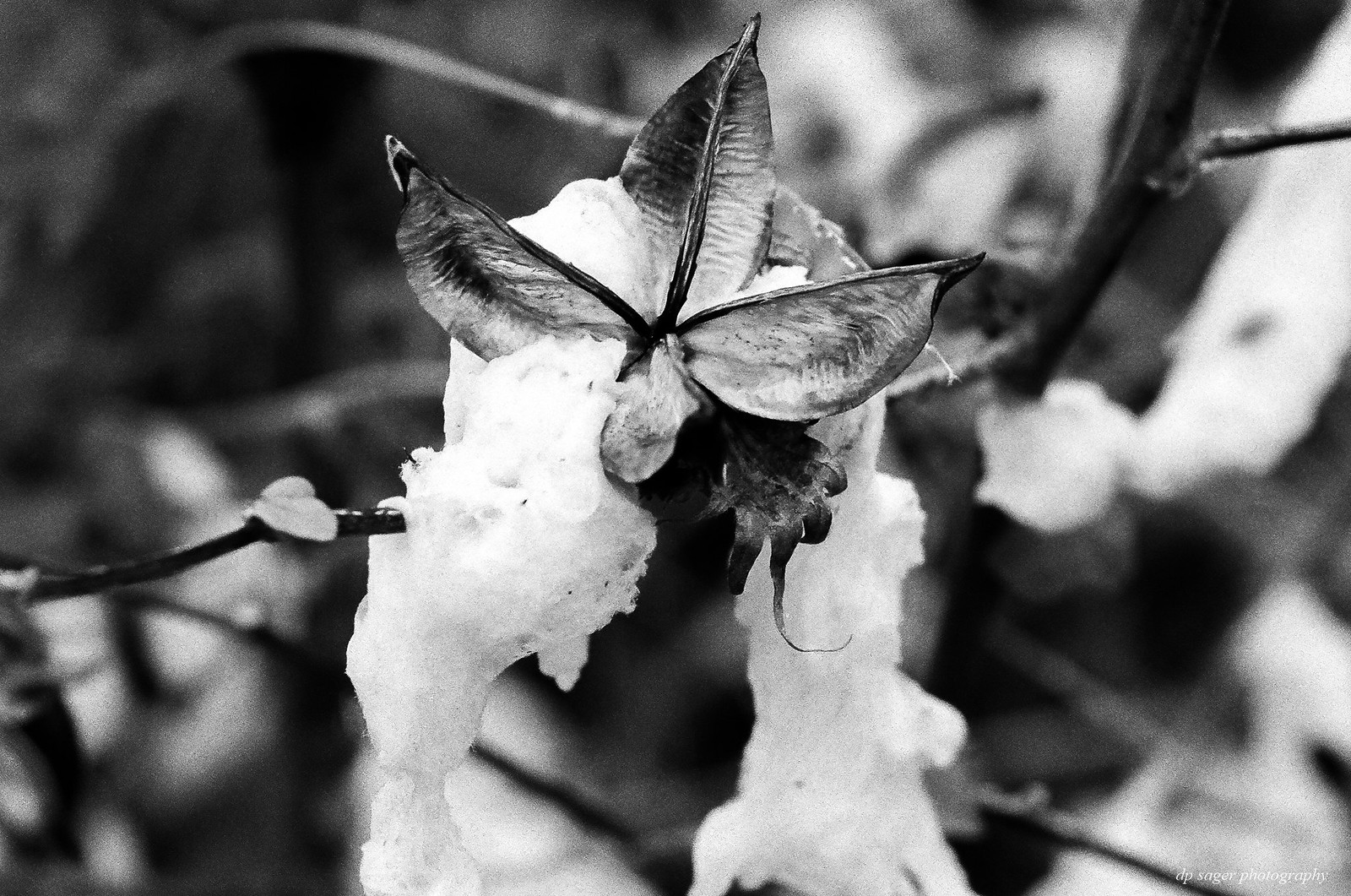King Cotton
Jun 19, 2019 10:20:30 #
Thank you PaulBrit, Bill, Bob, charlienow, Mike, Ken, nimbushopper, NikonBug, trackmag, fbeaston! Seeing cotton growing and / or harvested is an eye-catcher to a midwest kid. I don't remember seeing the crop on travels as a kid, but maybe, I travel farther off the interstate now than ever as a kid in the backseat.
Jun 19, 2019 11:05:10 #
Jun 19, 2019 11:24:33 #
Jun 19, 2019 11:38:25 #
Jun 19, 2019 11:39:34 #
Excellent set of photos and a very informative narrative Paul. Well done.
-Doc
-Doc
Jun 19, 2019 12:04:19 #
Excellent series Paul. I have lived in the South most of my life, and I never heard anything other than Slavery was the reason that the South entered into the War between the States.
Jun 19, 2019 12:09:47 #
Jun 19, 2019 12:26:09 #
Jun 19, 2019 19:11:54 #
Pictures while very striking, bring back memories of a very young under 10 years old boy on cold dewy morning dragging an old tow sack picking cotton by hand wanting to be like my older brother, sister, mother and father trying to get a hundred pounds a day. Those barbs on the ends of those boles segments are as sharp as knives. I remember my kin folk having chapped and cut hands. Those are the reasons I made sure I did well in school and got a college education as an Aeronautical Engineer.
Jun 20, 2019 09:47:33 #
lwiley wrote:
Pictures while very striking, bring back memories of a very young under 10 years old boy on cold dewy morning dragging an old tow sack picking cotton by hand wanting to be like my older brother, sister, mother and father trying to get a hundred pounds a day. Those barbs on the ends of those boles segments are as sharp as knives. I remember my kin folk having chapped and cut hands. Those are the reasons I made sure I did well in school and got a college education as an Aeronautical Engineer.
Thank you Larry! One of the sides of my family were farmers in Arkansas and migrated across the south around the turn of the 20th century into Oklahoma and then California. I believe my grandfather was the first of a few generations to graduate from high school.
Jun 20, 2019 09:48:08 #
SpyderJan wrote:
Excellent series Paul. I have lived in the South most of my life, and I never heard anything other than Slavery was the reason that the South entered into the War between the States.
Thank you Jan! This analysis wasn't intended to change anything about the central truth of the Civil War. Slavery was the root of everything and was just as important to the cotton crop (all crops) as the rain and sun.
Jun 20, 2019 09:50:58 #
Thank you Earnest, Rathyatra. Bob, Doc, Susan, gray_ghost2! I have trouble driving by cotton fields at harvest time without stopping for a closer look, something I did repeatedly last fall in Georgia and South Carolina.
Jun 20, 2019 10:56:33 #
CHG_CANON wrote:
Thank you Jan! This analysis wasn't intended to change anything about the central truth of the Civil War. Slavery was the root of everything and was just as important to the cotton crop (all crops) as the rain and sun.
I didn't mean to minimize the importance of Cotton as a major factor. Certainly it was. Your narrative is always well thought out. My comment was tempered by the prejudice I see almost every day.
Jul 6, 2019 01:35:11 #
CHG_CANON wrote:
The cotton plant is a shrub native to tropical and... (show quote)
Great photos and an interesting narrative.
If you want to reply, then register here. Registration is free and your account is created instantly, so you can post right away.











